Shintaro Fukushima
How Different from the Past? Spatio-Temporal Time Series Forecasting with Self-Supervised Deviation Learning
Oct 06, 2025Abstract:Spatio-temporal forecasting is essential for real-world applications such as traffic management and urban computing. Although recent methods have shown improved accuracy, they often fail to account for dynamic deviations between current inputs and historical patterns. These deviations contain critical signals that can significantly affect model performance. To fill this gap, we propose ST-SSDL, a Spatio-Temporal time series forecasting framework that incorporates a Self-Supervised Deviation Learning scheme to capture and utilize such deviations. ST-SSDL anchors each input to its historical average and discretizes the latent space using learnable prototypes that represent typical spatio-temporal patterns. Two auxiliary objectives are proposed to refine this structure: a contrastive loss that enhances inter-prototype discriminability and a deviation loss that regularizes the distance consistency between input representations and corresponding prototypes to quantify deviation. Optimized jointly with the forecasting objective, these components guide the model to organize its hidden space and improve generalization across diverse input conditions. Experiments on six benchmark datasets show that ST-SSDL consistently outperforms state-of-the-art baselines across multiple metrics. Visualizations further demonstrate its ability to adaptively respond to varying levels of deviation in complex spatio-temporal scenarios. Our code and datasets are available at https://github.com/Jimmy-7664/ST-SSDL.
Graph Community Augmentation with GMM-based Modeling in Latent Space
Dec 02, 2024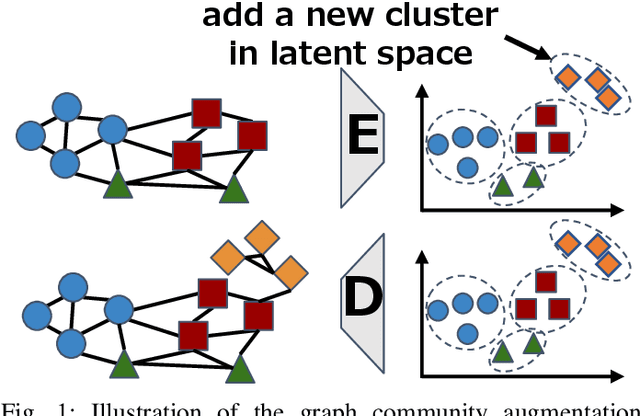
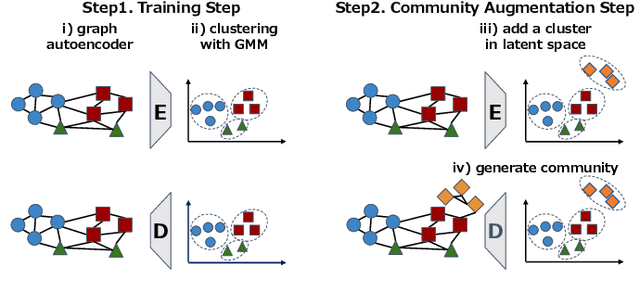
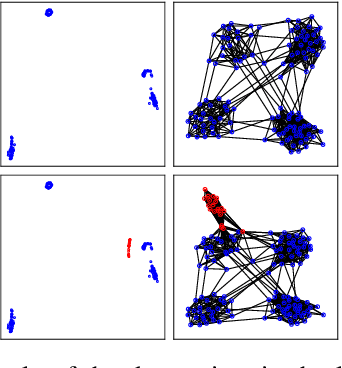
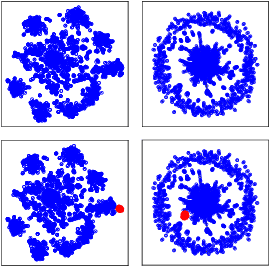
Abstract:This study addresses the issue of graph generation with generative models. In particular, we are concerned with graph community augmentation problem, which refers to the problem of generating unseen or unfamiliar graphs with a new community out of the probability distribution estimated with a given graph dataset. The graph community augmentation means that the generated graphs have a new community. There is a chance of discovering an unseen but important structure of graphs with a new community, for example, in a social network such as a purchaser network. Graph community augmentation may also be helpful for generalization of data mining models in a case where it is difficult to collect real graph data enough. In fact, there are many ways to generate a new community in an existing graph. It is desirable to discover a new graph with a new community beyond the given graph while we keep the structure of the original graphs to some extent for the generated graphs to be realistic. To this end, we propose an algorithm called the graph community augmentation (GCA). The key ideas of GCA are (i) to fit Gaussian mixture model (GMM) to data points in the latent space into which the nodes in the original graph are embedded, and (ii) to add data points in the new cluster in the latent space for generating a new community based on the minimum description length (MDL) principle. We empirically demonstrate the effectiveness of GCA for generating graphs with a new community structure on synthetic and real datasets.
Multimodal Point-of-Interest Recommendation
Oct 07, 2024



Abstract:Large Language Models are applied to recommendation tasks such as items to buy and news articles to read. Point of Interest is quite a new area to sequential recommendation based on language representations of multimodal datasets. As a first step to prove our concepts, we focused on restaurant recommendation based on each user's past visit history. When choosing a next restaurant to visit, a user would consider genre and location of the venue and, if available, pictures of dishes served there. We created a pseudo restaurant check-in history dataset from the Foursquare dataset and the FoodX-251 dataset by converting pictures into text descriptions with a multimodal model called LLaVA, and used a language-based sequential recommendation framework named Recformer proposed in 2023. A model trained on this semi-multimodal dataset has outperformed another model trained on the same dataset without picture descriptions. This suggests that this semi-multimodal model reflects actual human behaviours and that our path to a multimodal recommendation model is in the right direction.
Balancing Summarization and Change Detection in Graph Streams
Nov 30, 2023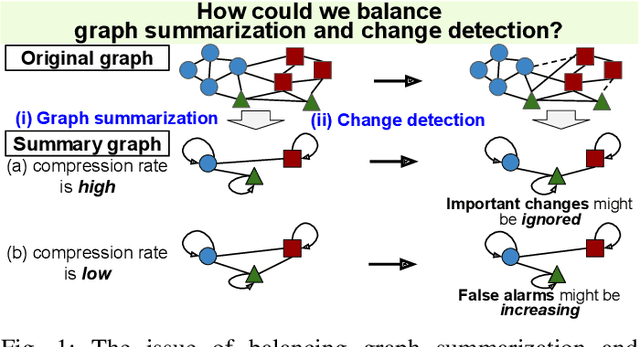
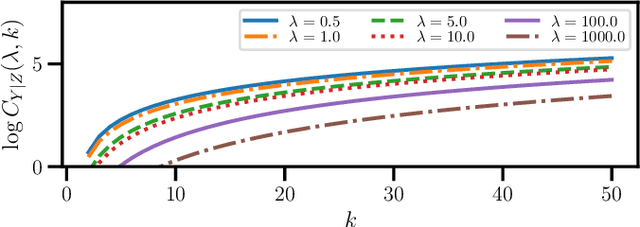
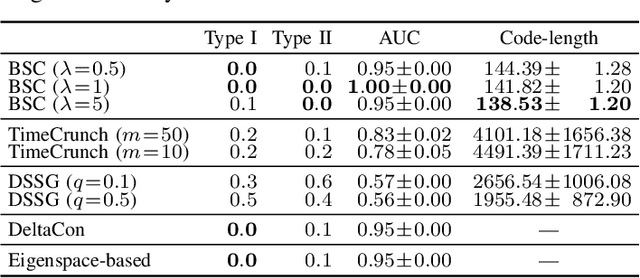

Abstract:This study addresses the issue of balancing graph summarization and graph change detection. Graph summarization compresses large-scale graphs into a smaller scale. However, the question remains: To what extent should the original graph be compressed? This problem is solved from the perspective of graph change detection, aiming to detect statistically significant changes using a stream of summary graphs. If the compression rate is extremely high, important changes can be ignored, whereas if the compression rate is extremely low, false alarms may increase with more memory. This implies that there is a trade-off between compression rate in graph summarization and accuracy in change detection. We propose a novel quantitative methodology to balance this trade-off to simultaneously realize reliable graph summarization and change detection. We introduce a probabilistic structure of hierarchical latent variable model into a graph, thereby designing a parameterized summary graph on the basis of the minimum description length principle. The parameter specifying the summary graph is then optimized so that the accuracy of change detection is guaranteed to suppress Type I error probability (probability of raising false alarms) to be less than a given confidence level. First, we provide a theoretical framework for connecting graph summarization with change detection. Then, we empirically demonstrate its effectiveness on synthetic and real datasets.
Revisiting Mobility Modeling with Graph: A Graph Transformer Model for Next Point-of-Interest Recommendation
Oct 02, 2023Abstract:Next Point-of-Interest (POI) recommendation plays a crucial role in urban mobility applications. Recently, POI recommendation models based on Graph Neural Networks (GNN) have been extensively studied and achieved, however, the effective incorporation of both spatial and temporal information into such GNN-based models remains challenging. Extracting distinct fine-grained features unique to each piece of information is difficult since temporal information often includes spatial information, as users tend to visit nearby POIs. To address the challenge, we propose \textbf{\underline{Mob}}ility \textbf{\underline{G}}raph \textbf{\underline{T}}ransformer (MobGT) that enables us to fully leverage graphs to capture both the spatial and temporal features in users' mobility patterns. MobGT combines individual spatial and temporal graph encoders to capture unique features and global user-location relations. Additionally, it incorporates a mobility encoder based on Graph Transformer to extract higher-order information between POIs. To address the long-tailed problem in spatial-temporal data, MobGT introduces a novel loss function, Tail Loss. Experimental results demonstrate that MobGT outperforms state-of-the-art models on various datasets and metrics, achieving 24\% improvement on average. Our codes are available at \url{https://github.com/Yukayo/MobGT}.
MegaCRN: Meta-Graph Convolutional Recurrent Network for Spatio-Temporal Modeling
Dec 12, 2022

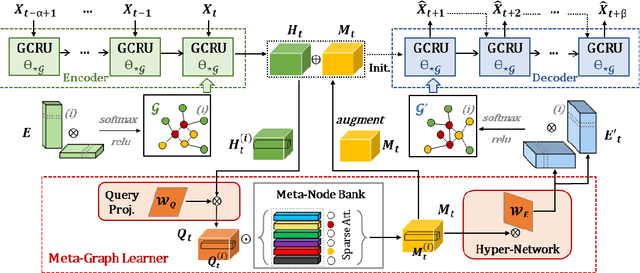
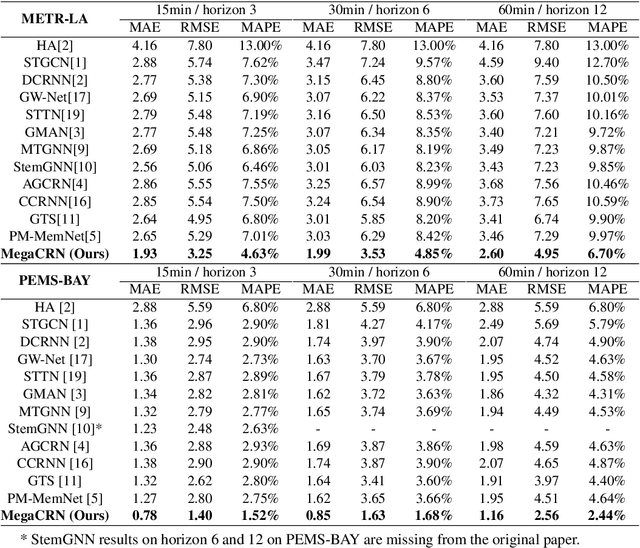
Abstract:Spatio-temporal modeling as a canonical task of multivariate time series forecasting has been a significant research topic in AI community. To address the underlying heterogeneity and non-stationarity implied in the graph streams, in this study, we propose Spatio-Temporal Meta-Graph Learning as a novel Graph Structure Learning mechanism on spatio-temporal data. Specifically, we implement this idea into Meta-Graph Convolutional Recurrent Network (MegaCRN) by plugging the Meta-Graph Learner powered by a Meta-Node Bank into GCRN encoder-decoder. We conduct a comprehensive evaluation on two benchmark datasets (METR-LA and PEMS-BAY) and a large-scale spatio-temporal dataset that contains a variaty of non-stationary phenomena. Our model outperformed the state-of-the-arts to a large degree on all three datasets (over 27% MAE and 34% RMSE). Besides, through a series of qualitative evaluations, we demonstrate that our model can explicitly disentangle locations and time slots with different patterns and be robustly adaptive to different anomalous situations. Codes and datasets are available at https://github.com/deepkashiwa20/MegaCRN.
Spatio-Temporal Meta-Graph Learning for Traffic Forecasting
Dec 08, 2022



Abstract:Traffic forecasting as a canonical task of multivariate time series forecasting has been a significant research topic in AI community. To address the spatio-temporal heterogeneity and non-stationarity implied in the traffic stream, in this study, we propose Spatio-Temporal Meta-Graph Learning as a novel Graph Structure Learning mechanism on spatio-temporal data. Specifically, we implement this idea into Meta-Graph Convolutional Recurrent Network (MegaCRN) by plugging the Meta-Graph Learner powered by a Meta-Node Bank into GCRN encoder-decoder. We conduct a comprehensive evaluation on two benchmark datasets (METR-LA and PEMS-BAY) and a new large-scale traffic speed dataset in which traffic incident information is contained. Our model outperformed the state-of-the-arts to a large degree on all three datasets (over 27% MAE and 34% RMSE). Besides, through a series of qualitative evaluations, we demonstrate that our model can explicitly disentangle the road links and time slots with different patterns and be robustly adaptive to any anomalous traffic situations. Codes and datasets are available at https://github.com/deepkashiwa20/MegaCRN.
Detecting Hierarchical Changes in Latent Variable Models
Nov 23, 2020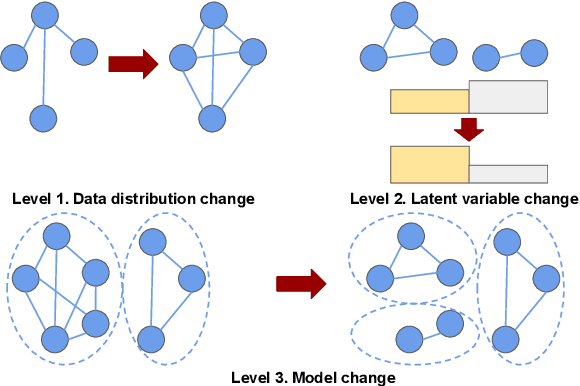


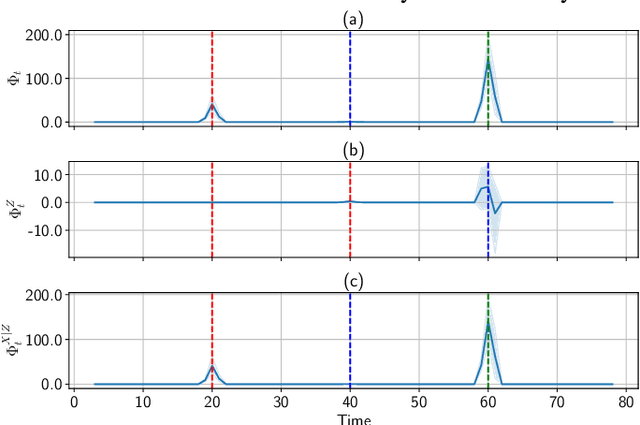
Abstract:This paper addresses the issue of detecting hierarchical changes in latent variable models (HCDL) from data streams. There are three different levels of changes for latent variable models: 1) the first level is the change in data distribution for fixed latent variables, 2) the second one is that in the distribution over latent variables, and 3) the third one is that in the number of latent variables. It is important to detect these changes because we can analyze the causes of changes by identifying which level a change comes from (change interpretability). This paper proposes an information-theoretic framework for detecting changes of the three levels in a hierarchical way. The key idea to realize it is to employ the MDL (minimum description length) change statistics for measuring the degree of change, in combination with DNML (decomposed normalized maximum likelihood) code-length calculation. We give a theoretical basis for making reliable alarms for changes. Focusing on stochastic block models, we employ synthetic and benchmark datasets to empirically demonstrate the effectiveness of our framework in terms of change interpretability as well as change detection.
Online Robust and Adaptive Learning from Data Streams
Jul 23, 2020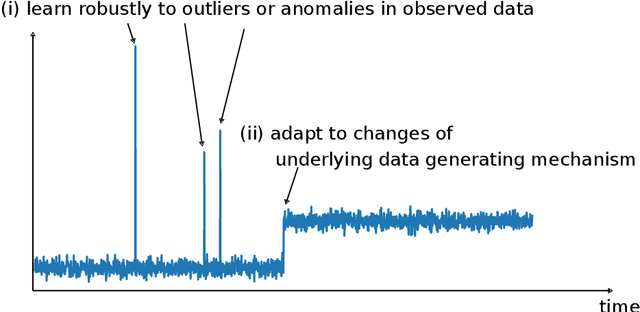
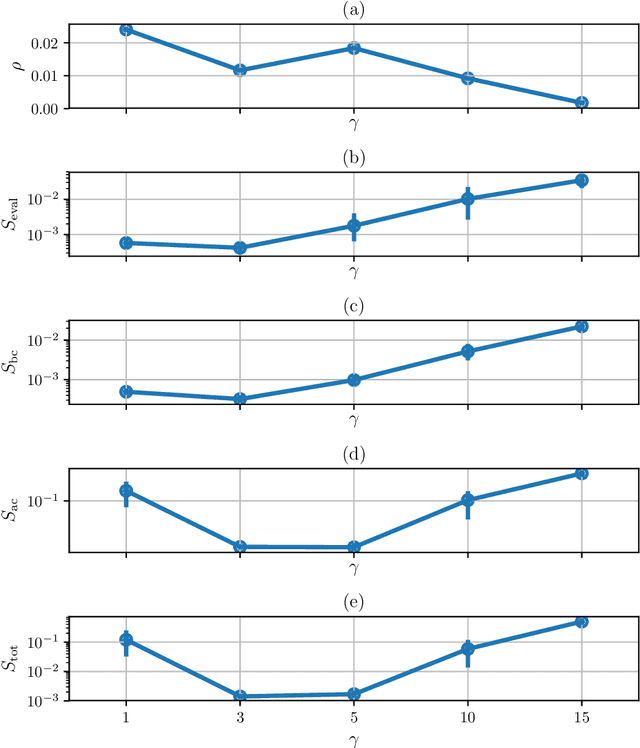

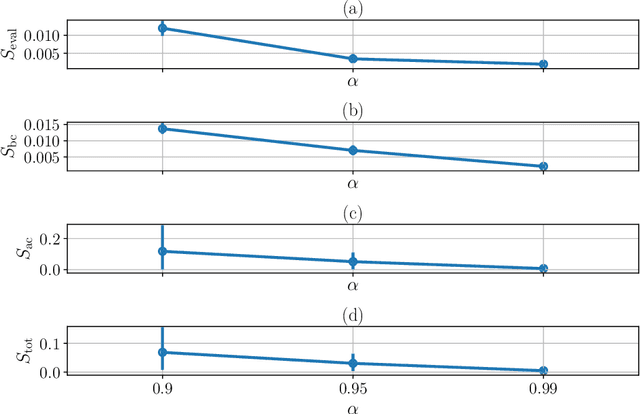
Abstract:In online learning from non-stationary data streams, it is both necessary to learn robustly to outliers and to adapt to changes of underlying data generating mechanism quickly. In this paper, we refer to the former nature of online learning algorithms as robustness and the latter as adaptivity. There is an obvious tradeoff between them. It is a fundamental issue to quantify and evaluate the tradeoff because it provides important information on the data generating mechanism. However, no previous work has considered the tradeoff quantitatively. We propose a novel algorithm called the Stochastic approximation-based Robustness-Adaptivity algorithm (SRA) to evaluate the tradeoff. The key idea of SRA is to update parameters of distribution or sufficient statistics with the biased stochastic approximation scheme, while dropping data points with large values of the stochastic update. We address the relation between two parameters, one of which is the step size of the stochastic approximation, and the other is the threshold parameter of the norm of the stochastic update. The former controls the adaptivity and the latter does the robustness. We give a theoretical analysis for the non-asymptotic convergence of SRA in the presence of outliers, which depends on both the step size and the threshold parameter. Since SRA is formulated on the majorization-minimization principle, it is a general algorithm including many algorithms, such as the online EM algorithm and stochastic gradient descent. Empirical experiments for both synthetic and real datasets demonstrated that SRA was superior to previous methods.
 Add to Chrome
Add to Chrome Add to Firefox
Add to Firefox Add to Edge
Add to Edge